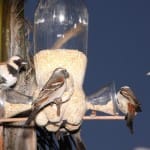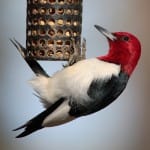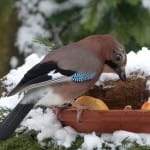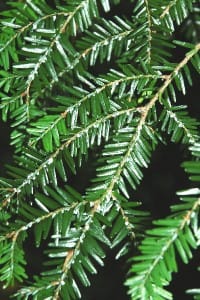Source(s): Charles Seabrook, Science Writer, The Atlanta Journal-Constitution.
This is the time of year when many people ask questions about feeding birds, such as: how do I get started? what types of feeders should I use? where should I locate my feeders? what kinds of food do birds like most?
Perhaps the onset of cooler weather prompts more folks to start thinking about the little birds and how these creatures will survive the winter. Indeed, bird feeding was once considered primarily a winter activity. Although feeder food is most beneficial to birds during the cold months when natural food can be hard to find, you can start feeding during the fall.
Now is an excellent time to begin bird feeding. Once you start, continue stocking bird feeders throughout the fall and winter. To help you get started, here is some advice from various experts. The recommendations also might be helpful to those who have already set up backyard feeders but are having trouble attracting birds to them.
Feeder Types
Begin using only one or two feeders. Don’t add others until birds begin regularly showing up in your yard. For a variety of birds, a single hopper feeder or platform feeder will attract everything from titmice to Carolina chickadees and blue jays to red-bellied woodpeckers. Tube feeders also are popular with many species, including titmice, chickadees, goldfinches, cardinals, nuthatches, pine siskins and pine warblers. Suet feeders will attract titmice, chickadees, nuthatches and woodpeckers.
The simplest feeder, though, is the ground. Just scatter some seeds on the ground for birds like mourning doves, dark-eyed juncos, kinglets, towhees, chipping sparrows and other ground feeders.
Location
Place feeders at least 10 feet from cover, such as shrubs and trees. This way, birds can easily escape predators. This also helps to keep squirrels away from feeders. If a feeder must be located close to a shrub or tree, encircle the feeder’s base with wire fencing. This helps reduce the chances that raptors, cats and other predators will capture the feeding birds. Also, offer feed at different levels. Some birds prefer to feed at elevated feeders.
Food
Black oil sunflower seeds and white millet seeds attract the greatest variety of birds. The seeds can be purchased separately, but many homeowners prefer a mixture containing large amounts of both seeds. If birds are slow to visit feeders, add pieces of white bread to the seed. White bread, in fact, may draw birds to feeders when no other foods will. For an excellent list of recommended winter food for birds, visit the following website: “Feeding Birds”.
Water
Providing clean water for birds in winter is just as important as offering food. In fact, sometimes birds suffer more from lack of water than food. Keep the water level in your birdbath no more than an inch and a half deep. A flat rock in the middle of it helps provide stable footing on what might otherwise be a smooth and slippery surface.
Other Helpful Hints
Keep feeders clean. Stock them with only enough food to last a couple of days to keep the food free from harmful bacteria and fungi. Periodically wash feeders in a solution of 2 ounces of household bleach to 1 gallon of water. Thoroughly dry the feeders before refilling them with seed.
Center Publication Number: 226



